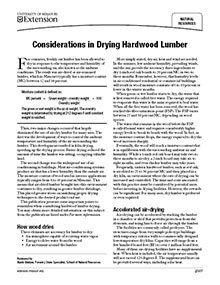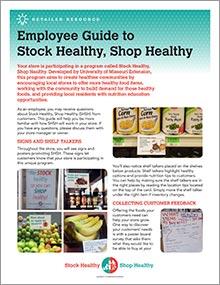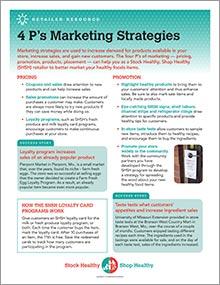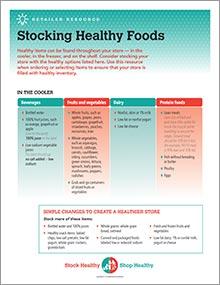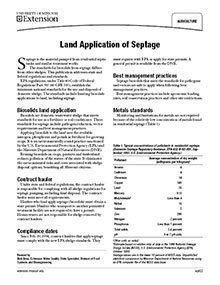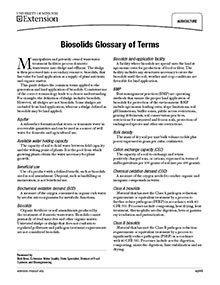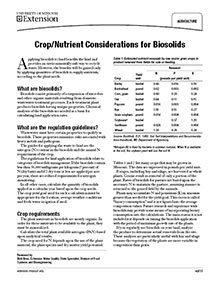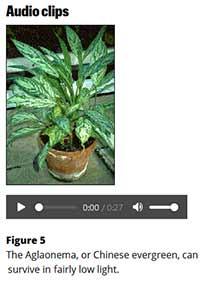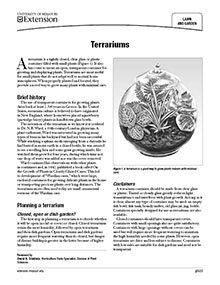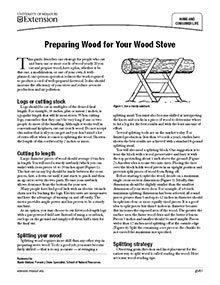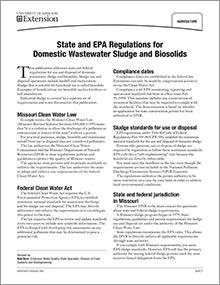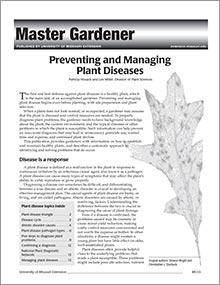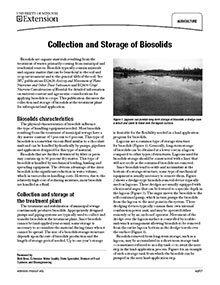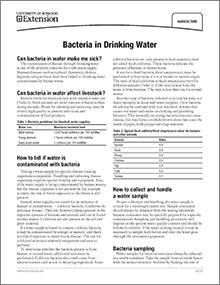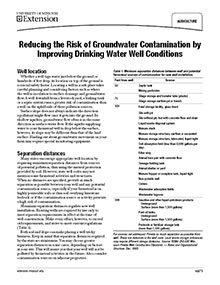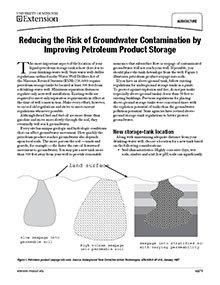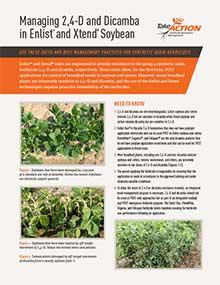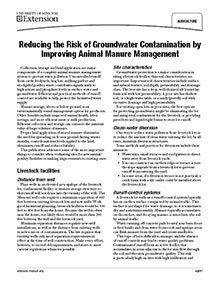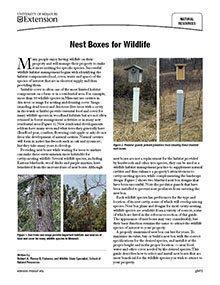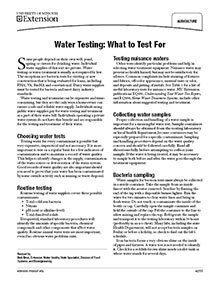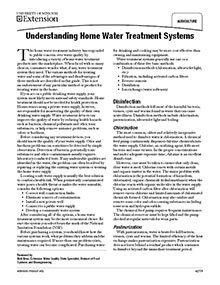Considerations in Drying Hardwood Lumber
Reviewed
Our publication provides points to remember when considering hardwood lumber drying. Visit our site to learn the Considerations in Drying Hardwood Lumber.
Stock Healthy, Shop Healthy: Retailer Resource — Employee Guide
New
This Stock Healthy, Shop Healthy resource introduces employees of participating stores to the program, which aims to create healthier communities by encouraging stores to offer more healthy foods, working to build demand and providing nutrition education.
Stock Healthy, Shop Healthy: Retailer Resource — 4 P’s Marketing Strategies
New
Marketing strategies are used to increase demand for products available in a store, increase sales, and gain new customers. Learn how the four P’s of marketing (pricing, promotion, products, placement) can help retailers better market healthy foods items.
Stock Healthy, Shop Healthy: Retailer Resource — Stocking Healthy Foods
New
Stock your store with healthy foods and help your community eat right. Use this resource as a guide when ordering or selecting products to ensure your store is filled with healthy inventory — in the cooler, in the freezer, on the shelves.
Land Application of Septage
Revised
Learn about regulations and standards related to biosolids from septage — biosolids land application, contract haulers, metals standards, lime stabilization, pathogen and vector requirements, and more — in this University of Missouri Extension guide.
Biosolids Glossary of Terms
Reviewed
Caring for Houseplants
Reviewed
To many people, a home is not complete without attractive potted plants. Proper care of houseplants helps increase satisfaction and enjoyment from them and extends the blooming period of many flowering plants.
Crop/Nutrient Considerations for Biosolids
Reviewed
Applying biosolids to land benefits the land and provides an environmentally safe way to recycle waste. However, the benefits will be gained only by applying quantities of biosolids to supply nutrients, according to the plant needs.
Caring for Houseplants, Page 2
Reviewed
Listen to audio clips on houseplant care.
Terrariums
Reviewed
Preparing Wood for Your Wood Stove
Reviewed
State and EPA Regulations for Domestic Wastewater Sludge and Biosolids
Revised
Learn about Missouri and federal regulations for use and disposal of domestic wastewater sludge and biosolids (which can be used as fertilizer or soil amendment) in this guide. Sludge use and disposal operations include landfill and incineration.
Preventing and Managing Plant Diseases
Revised $10
The first and best defense against plant diseases is a healthy plant. Visit our site to learn about Preventing and Managing Plant Diseases.
Collections and Storage of Biosolids
Reviewed
Stock Healthy, Shop Healthy: Large Shelf Talkers
New
Small food-retailers participating in the Stock Healthy, Shop Healthy program, help your customers learn how to select and store healthy foods by posting these shelf talkers to present health information about various products. Download, print and hang!
Bacteria in Drinking Water
Revised
Reducing the Risk of Groundwater Contamination by Improving Drinking Water Well Conditions
Revised
Well location
Whether a well taps water just below the ground or hundreds of feet deep, its location on top of the ground is a crucial safety factor. Locating a well in a safe place takes careful planning and considering factors such as where the well is in relation to surface drainage and groundwater flow.
Reducing the Risk of Groundwater Contamination by Improving Petroleum Product Storage
Revised
The most important aspect of the location of your liquid-petroleum storage tank is how close it is to your drinking-water well. State water well-driller regulations outlined in the Water Well Drillers Act of the Missouri Revised Statutes (RSMo 256.600) require petroleum storage tanks be located at least 300 feet from a drinking-water well.
Managing 2,4-D and Dicamba in Enlist and Xtend Soybean
New
Editor’s note
The following abstract describes a publication that is only available as a downloadable PDF.
Reducing the Risk of Groundwater Contamination by Improving Animal Manure Management
Revised
Learn about livestock manure collection, storage and land application to prevent uncontrolled runoff from cattle feedyards, hog lots, milking parlors and stockpiled poultry waste.
MyPlate: Be an Active Family—10 Tips to Help Adults Include Physical Activity
Reviewed
Editor's note
The following abstract describes a publication that is only available as a downloadable PDF.
Nest Boxes for Wildlife
Reviewed
Editor's note
The References section was updated in June 2017.
Water Testing: What to Test For
Revised
If your drinking water comes from a well, pond, spring or cistern, you need to know about various water tests and how to obtain water samples for testing. Keep your water supply safe and reliable. Learn how in this University of Missouri Extension guide.
Understanding Your Home Water Treatment Systems
Revised
The home water treatment industry has responded to recent public concern over water quality by introducing a wide variety of home water treatment products into the marketplace. When faced with so many choices, consumers wonder what, if any, water treatment system they need.
